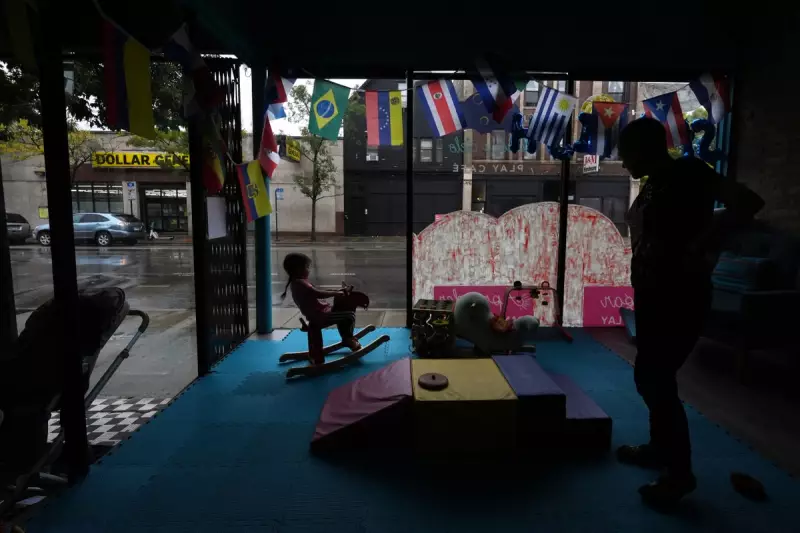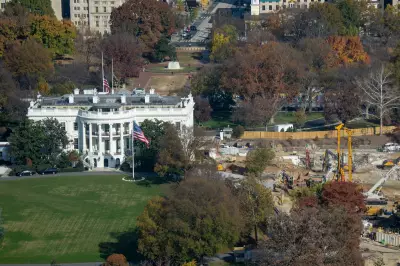
American citizens in Chicago have reported disturbing encounters with border patrol agents who approached them assuming they were Spanish speakers and demanded identification, raising serious questions about racial profiling and civil liberties.
"Are You Spanish?": Questioning Citizens Far From Border
Multiple residents of Hispanic descent in the Chicago area have come forward with accounts of being stopped by US Border Patrol agents and asked for identification despite being far from any international border. The agents reportedly initiated conversations in Spanish, assuming the individuals weren't English speakers.
One Chicago resident described being approached while waiting for public transport. "He immediately started speaking to me in Spanish and asked for my ID," the citizen recalled. "When I responded in English, he seemed surprised but still insisted on seeing my documents."
Growing Concerns Over Civil Rights Violations
Civil rights advocates have expressed alarm at these incidents, noting that border patrol agents typically require reasonable suspicion of immigration violations to demand identification. The fact that these encounters are occurring in a major city hundreds of miles from the border has raised particular concern.
"This appears to be textbook racial profiling," said a representative from a local civil liberties organisation. "Being of Hispanic descent doesn't give border patrol the right to demand your papers when you're going about your daily life in an American city."
Border Patrol's Expanding Reach
While border patrol agents have authority to operate within 100 miles of any US border, their presence in major metropolitan areas like Chicago has increased in recent years. However, legal experts question whether simply appearing Hispanic constitutes reasonable suspicion for document checks.
The incidents have sparked calls for greater oversight of border patrol operations and clearer guidelines about when agents can approach individuals and request identification.





